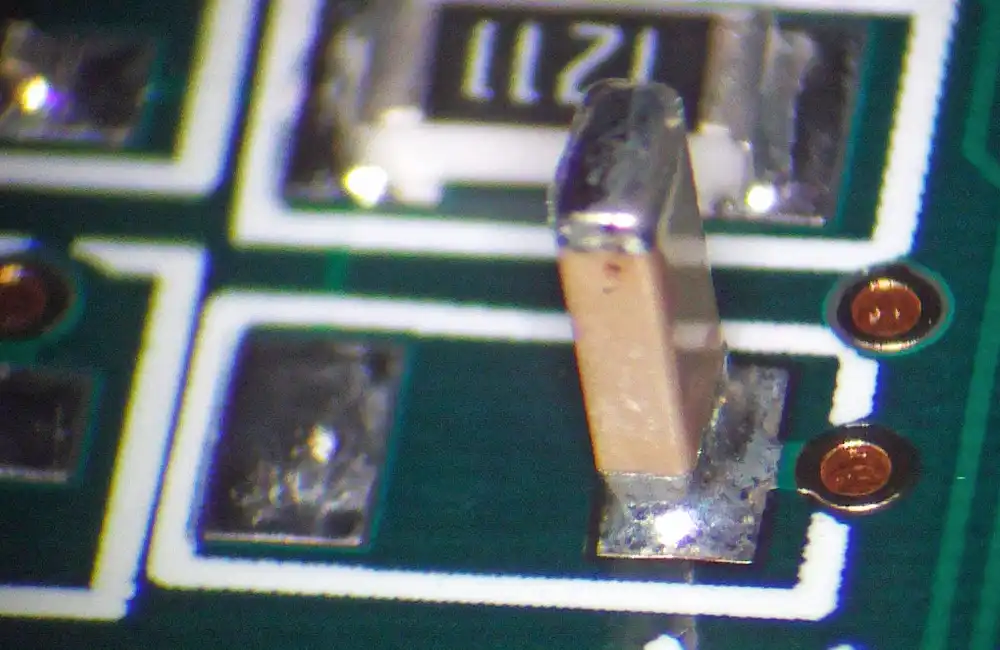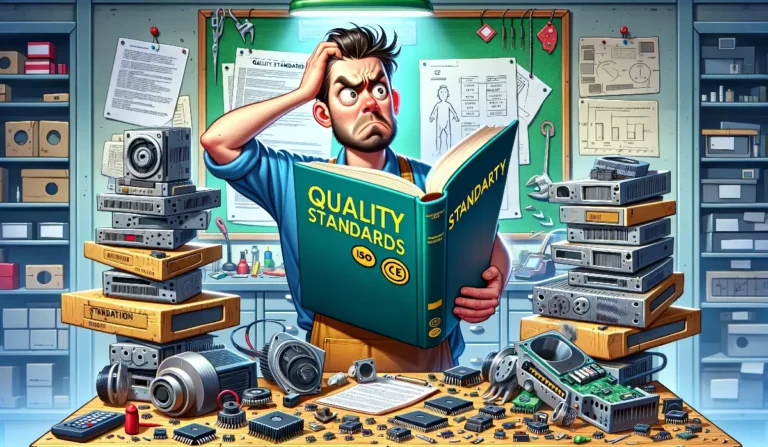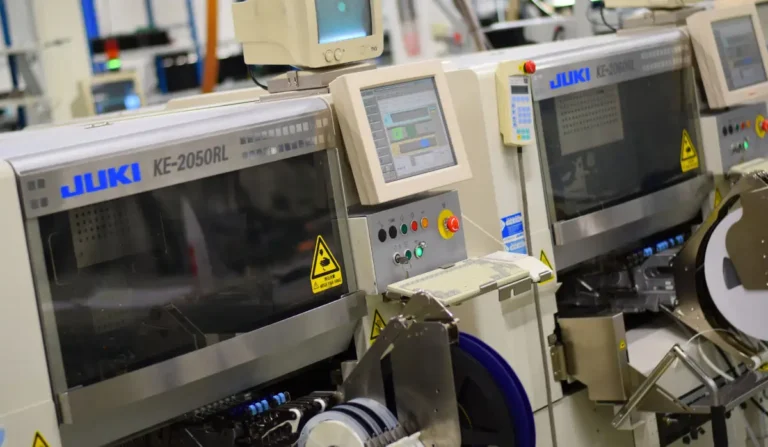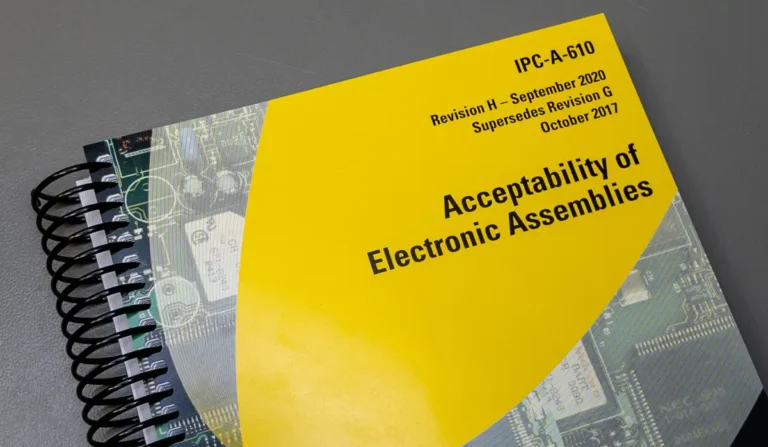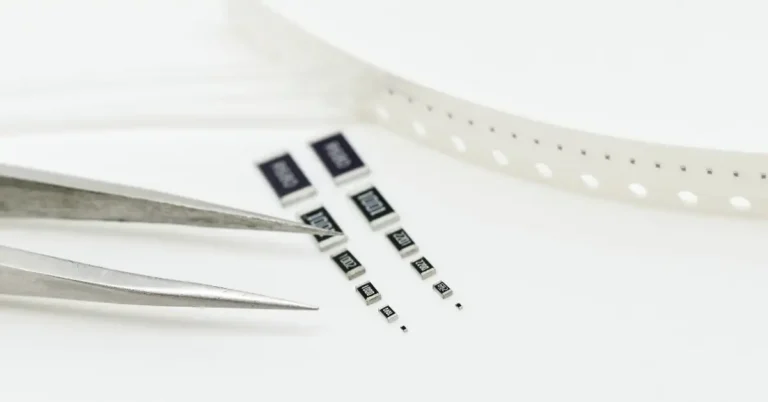Understanding Common and Special Cause Variations in Manufacturing Processes
In the world of manufacturing, maintaining consistent quality and efficiency is paramount.
However, variability is an inevitable aspect of any process. To manage this variability effectively, it’s crucial to distinguish between two types: common cause and special cause variations. This article will delve into these concepts, explain their differences, and highlight their significance through practical examples.
Common Cause Variations
For instance, variations in soldering profiles, ambient temperature, humidity, and the characteristics of soldering materials and components can all contribute to common cause variations. Addressing these requires an in-depth understanding of the process and maintaining control over influencing factors.
Special Cause Variations
On the other hand, special cause variations are unusual, unpredictable, and not inherent to the process. These anomalies often result from specific, identifiable issues such as equipment malfunctions, human errors, or unexpected changes in raw materials.
Special cause variations require immediate attention and correction by experts familiar with the process. Unlike common cause variations, these cannot be resolved by simply adjusting the process parameters. Instead, they demand targeted interventions to identify and eliminate the root cause.
The Importance of Distinguishing Between the Two
Confusing special cause variations with common cause variations can lead to misguided attempts to adjust the process, potentially disrupting its stability and leading to further issues. For example, tweaking machine settings in response to a special cause variation can push the process out of its optimal operating range, exacerbating the problem instead of solving it.
To effectively manage both types of variations, it is essential to document and analyze all deviations systematically. This allows for the identification of trends and the implementation of appropriate corrective actions.
It’s not always necessary or practical to perform an extensive root cause analysis for all special cause variations. The decision should be based on a cost-benefit analysis, considering the frequency and impact of the variation, as well as the potential costs of corrective actions. Here’s a guideline:
- High Impact or Frequent Variations: Require thorough investigation due to significant effects on quality or recurring issues.
- Low Impact or Rare Occurrences: May not justify the resources for an extensive analysis and can be documented and monitored instead.
- Cost-Effective Solutions: Only conduct in-depth analysis if the benefits outweigh the costs.
Practical Examples
Here are some hypothetical scenarios illustrating the differences between common and special cause variations:
Example 1:
A company produces 500 circuit boards annually, each requiring a manually installed surface mount connector. Occasionally, a connector is installed backward, leading to a customer complaint once a year. Since the cost of automating this process (3700 euros) far exceeds the impact of the occasional error, this special cause variation is documented but not immediately addressed.
Example 2:
In a batch of 200 circuit boards, each with 1000 surface mount components, an average of 0.5 components per board is incorrectly positioned (tombstoning). This special cause variation does not justify a deep investigation due to its low impact.
Example 3:
In another batch of 200 boards, each with 1000 components, 30 components per board are found to be incorrectly positioned. Early detection of this common cause variation allows for immediate process adjustments, preventing further defects.
Example 4:
A batch of 100 boards soldered using a wave soldering machine shows insufficient solder rise in all boards. This common cause variation prompts an investigation into thesoldering parameters, leading to corrective actions that restore process stability.
Example 5:
During the visual inspection of a batch of 1500 boards, three SOIC8 chips are found installed incorrectly (polarity/rotation). This special cause variation, likely due to issues in the component feed or placement machine, is noted but not immediately corrected due to the high cost and low occurrence rate.
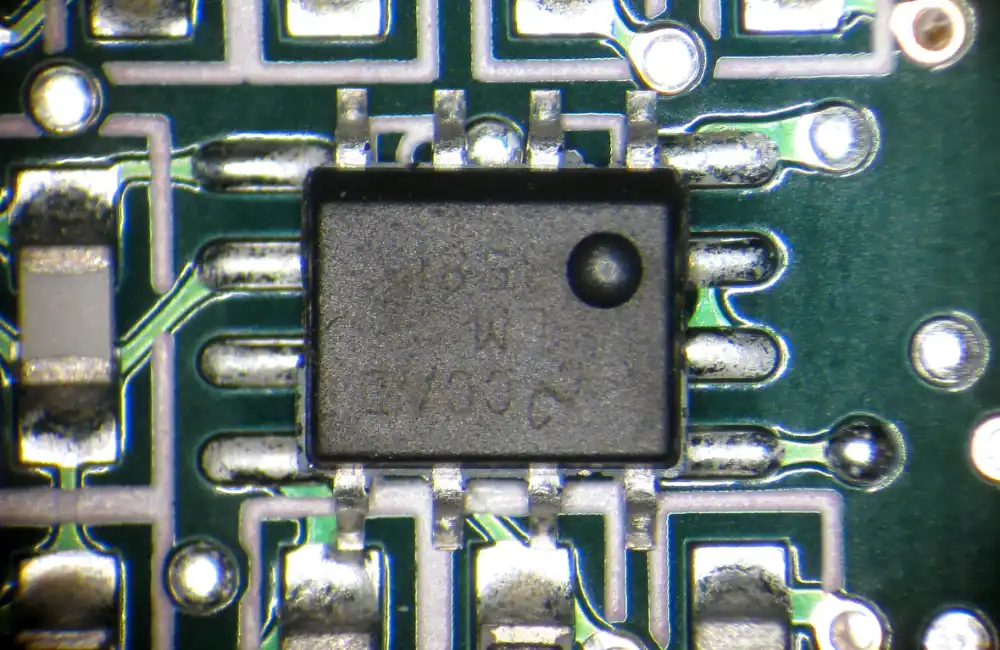
Example 6:
In a batch of 150 boards, insufficient solder rise is detected in all boards. Investigation reveals a defect in the gold plating of the boards, supplied by an external vendor. This special cause variation is addressed by halting production until the supplier provides compliant boards.
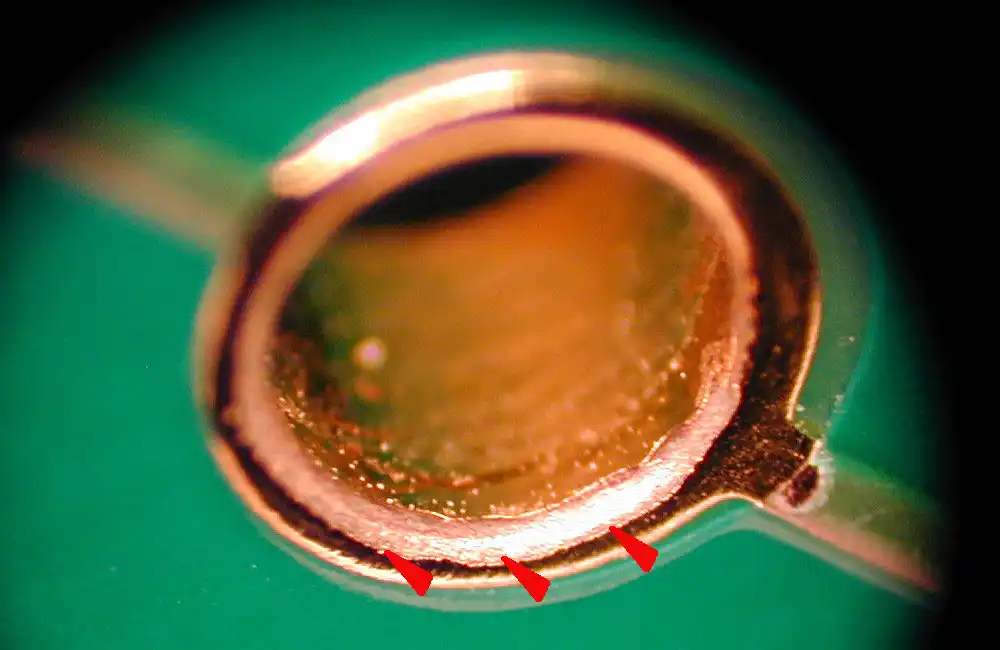
Conclusion
Understanding and managing common and special cause variations is essential for maintaining process quality and efficiency. By documenting, analyzing, and addressing these variations appropriately, manufacturers can enhance product quality, reduce waste, and improve overall operational stability. This approach not only ensures smoother operations but also contributes to higher customer satisfaction and better financial performance.
Wikipedia: Common cause and special cause (statistics)

